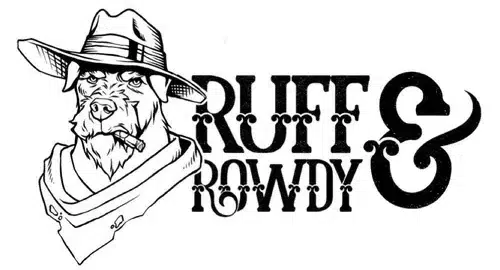The Doberman Pinscher, often simply referred to as the Doberman, is a distinctive and highly versatile breed with a fascinating history. Originating in Germany in the late 19th century, the Doberman’s story begins with a man named Karl Friedrich Louis Dobermann. Karl Dobermann, a tax collector in the town of Apolda, had a unique need for a loyal and protective companion. His profession exposed him to various risks, and he sought to create a breed that combined strength, intelligence, and loyalty. To achieve this, Dobermann selectively bred dogs, drawing from several breeds to create a well-rounded and capable working dog. The precise mix of breeds in the early development of the Doberman is not definitively documented, but it is widely believed that the Rottweiler, Greyhound, Weimaraner, and German Pinscher played key roles in shaping the breed’s characteristics. The goal was to create a medium to large-sized dog that possessed both physical prowess and a sharp mind, making it an ideal guardian and protector. The result of Karl Dobermann’s efforts was a breed that quickly gained attention for its impressive qualities.
Doberman Pinscher: Early 20th Century
Dobermans exhibited remarkable intelligence, loyalty, and trainability, making them suitable for various roles beyond their original purpose as personal protection dogs. Their versatility soon led to their involvement in military and police work. During the early 20th century, Dobermans gained international recognition and popularity. Their service in roles such as search and rescue, police work, and military tasks showcased their adaptability and reliability. As a result, the breed became synonymous with strength, discipline, and courage. In the United States, the American Kennel Club (AKC) officially recognized the Doberman Pinscher in 1908. This recognition marked a significant milestone in the breed’s global acceptance and established a standard for their physical characteristics and temperament. The AKC standard emphasized qualities such as a sleek coat, well-muscled body, and a temperament that balanced loyalty with assertiveness.
Doberman Pinscher: Modern Day
Over the years, breeders have continued to refine the Doberman’s characteristics while preserving the essential qualities that make them exceptional working dogs and loyal companions. The breed’s intelligence has been consistently harnessed in various roles, including search and rescue, therapy work, and competitive dog sports. The Doberman’s reputation as a guard dog sometimes overshadowed its affectionate nature. While they are undeniably protective and vigilant, Dobermans can also be gentle and devoted family members. Proper socialization and training play crucial roles in shaping their behavior, allowing them to seamlessly transition between their roles as protectors and companions.
One iconic feature of the Doberman is its cropped ears and docked tail, practices that have been historically associated with the breed. However, opinions on these cosmetic procedures have evolved, and in many countries, ear cropping and tail docking are now considered controversial and are even illegal. In the modern era, responsible breeding practices prioritize not only the physical health of Dobermans but also their mental well-being. This shift reflects a growing awareness of the importance of promoting the overall welfare of dogs, acknowledging that their behavior and temperament are as integral as their physical appearance.
Today, Dobermans continue to be valued for their versatility, intelligence, and unwavering loyalty. Whether serving in important roles within law enforcement or simply providing steadfast companionship to families, the Doberman has left an indelible mark on the world of dog breeds. As we appreciate their history, it’s essential to recognize the ongoing efforts to ensure the well-being and positive development of this remarkable breed.
